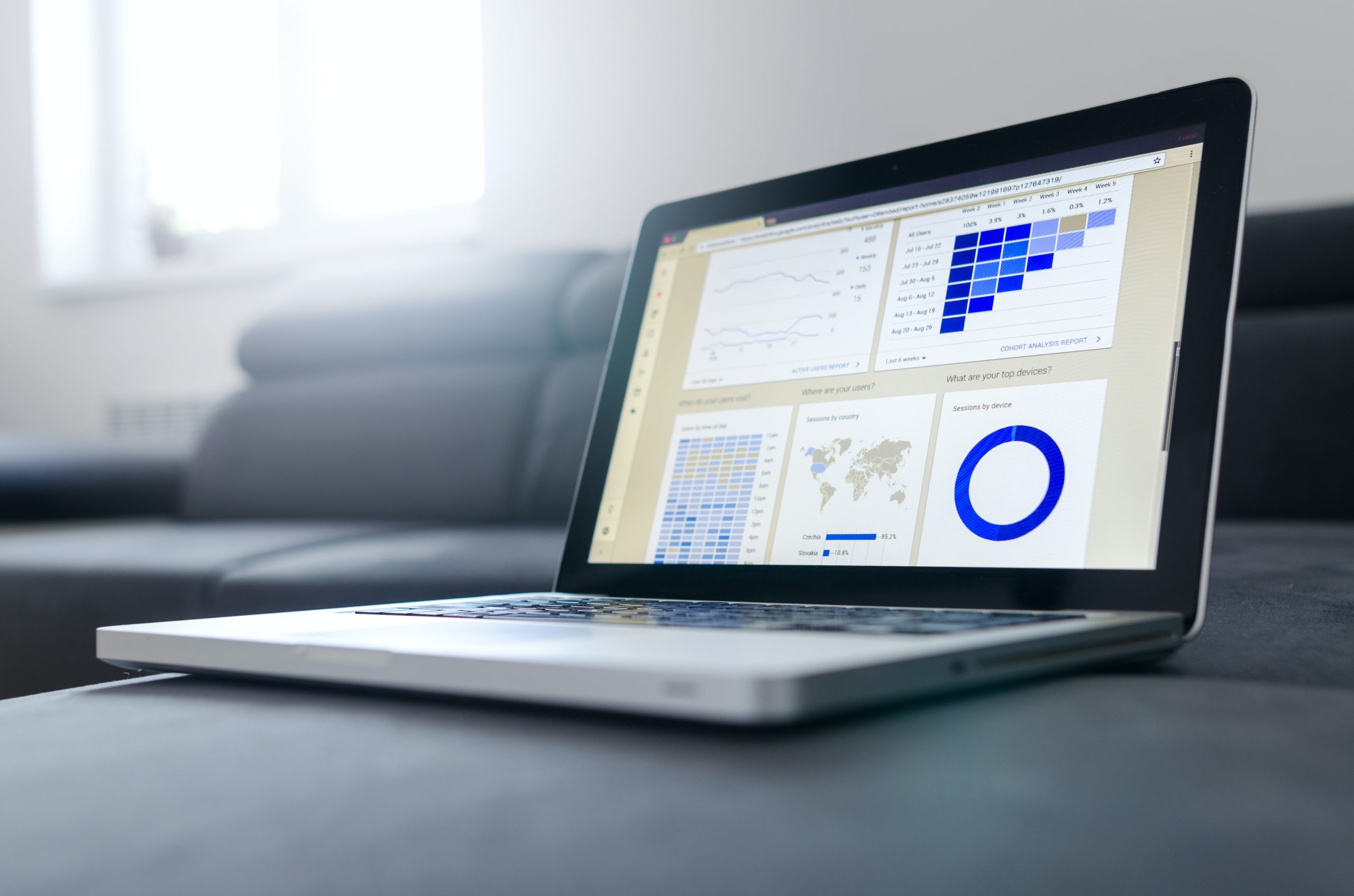By Alecia Brewster, Sustaining Way Program Director
When I started my new role as Sustaining Way’s Program Director six months ago, we had two full-time team members and we were in the beginning stages of a pandemic and an elevated call for policing reforms. Our work at Sustaining Way was ramping up to respond to the great need in our community all the while I was also experiencing personal loss of family and friends and the collective grief of a country in mourning.
With that said, the past 6 months have been overwhelming for everyone. Yet, despite global and personal struggles, I became increasingly grateful to learn about the United States Climate Action Network (USCAN) and Southeast Climate Energy Network (SCEN) - networks made up of supportive member organizations with diverse skill sets, resources, and knowledge. Every organization does important work from locations all across the country. Work that is focused on climate change and social justice, while allowing for both new and seasoned environmental justice leaders to learn from one another.
Through working with USCAN and SCEN, I began to learn about a powerful tool called asset mapping. An asset map is a geographical tool outlining organizations and their resources through a geographical map. These organizations are pinned on the map, defined by their strongest assets, and are linked to a GoogleDrive that provides access to thousands of resources organized by categories including: Marketing, Community Development, Organization Finances, Leadership Training, and Program Development. An extension of this project is power mapping, which is a visual tool that can help the network members understand who has access to elected leaders, business leaders, etc. so that when change is needed, the network is aware of who has connections to that decision-maker. While it often takes years to cultivate relationships, a personal referral can save a massive amount of time and energy that is often very limited.
Additionally, this tool is especially important for grassroots organizations that have limited time and resources, yet need to be at the forefront to fight for economic recovery and systems reform discussions taking place in communities all across the nation. It is true that we are all passionate and talented individuals and organizations, but we have limitations and we require tools that can quickly identify helpful assets, which in turn will build us up in order to strengthen our approach when we’re at decision-making tables. For these reasons, asset mapping becomes valuable by offering us a space to grow our capacity alongside other grassroots members. If we all contribute and bring forth the impactful learnings and materials we have, our asset map will become a central powerhouse for the support of equity, data, and meaningful collaboration.
The truth is, many organizations have limited budgets paired with small teams, which can lead us to be undervalued when facing the deeply entrenched systems that produce devastating outcomes for Black, Indigenous, people of color (BIPOC) communities. We need each other in order to become better equipped to do the work of influencing and creating just and sustainable systems that aim for health and wellbeing for all. Supporting and contributing to the asset mapping project is a powerful action that you can take to strengthen your organization and to help successfully position our network. We must remember that we are more resilient when we work together. In order to push towards our unified goal of climate and social justice, contributing to progressive tools for change is a critical action, and our asset map is the perfect place to start.

